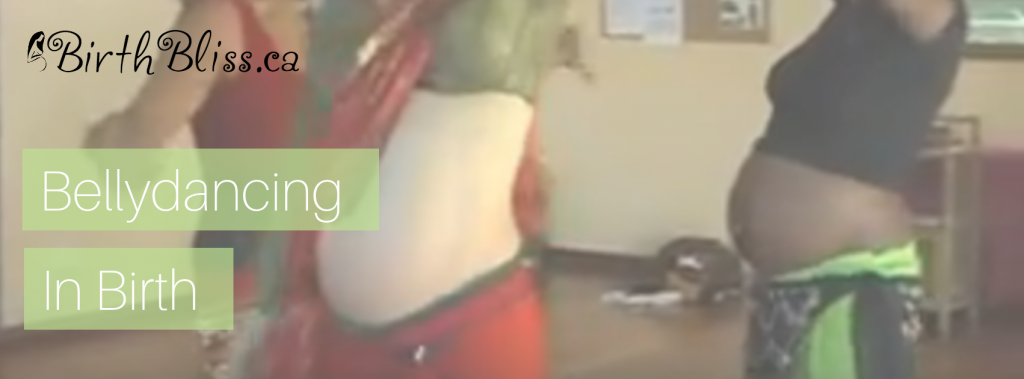
I loved this. I’m a belly dancer. One of my best memories from my first birth (natural but prior to hypnobirthing) was dancing, belly dancing, figure 8 movements with my husband standing behind me, kind of like spooning standing up, to the music of Shakira. It was just awesome. I was curious, once I learned hypnobirthing, if I would be a still as some of the women on the DVD. But no that wasn’t me. In the early bit of labour (because it was in the night) I was pretty still; just laying on my bed, relaxing and dozing. But as it got going I just wanted to move my hips. It just moves the energy through so nicely. And that was true for my second and third hypnobirthing babies as well.
I teach prenatal yoga and we always do a bit of dancing each class… it’s great stuff!
[youtube=http://www.youtube.com/watch?v=3cwxyNgQwQE&feature=related]
Below is an article I wrote for my local bellydance association about childbirth & bellydance
Enjoy,
Marie
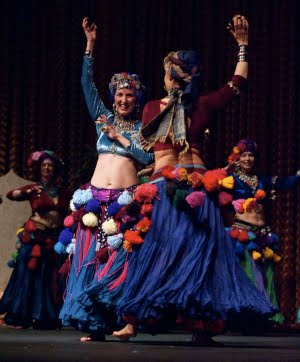
*****************************************
Bellydance and Its Roots in Childbearing
If you are reading this right now, then chances are that you love to bellydance. But have you ever wondered about the origins of this dance? One theory is that the dance evolved from ritualistic dance which prepared women for and helped them through childbirth.
In our culture, where many women spend their labour laying down on a bed, the idea of dancing through labour is quite novel. However in many areas of the middle east this was and to a great degree still is the norm. For myself, having danced during two labours, I can attest to what a powerful ally movement can be during childbirth. Those experiences inspired me to look a bit deeper at the connection between our art form and the miracle of bringing forth life.
I found that many of our basic moves mimic the movements most advantageous for bringing the baby down the birth canal and for dealing with the pain. The camel or arbic mimics the movement of the uterus as it contracts to push the baby down. The muscles of abdominal wall used in belly rolls and undulations are the same muscles that support the uterus as it contracts. The pelvic rolls and tucks indirectly strengthen the pelvic floor muscles, which are directly involved in childbirth. The shimmy is believed to literally shake the baby down. Traditionally women in the middle east did these movements in folk dances for years before they became pregnant. The result was that that the muscles of the thighs, back, abdomen and pelvic floor were already well toned for the marathon of physical effort that is labour. On an energetic level, dancing helps us to become aware of our basic life force and rhythm. During childbirth it is most helpful to work with this natural energy rather than tightening against it. Dance therefore can help a women tap into her imbedded body knowledge to find resources for birth.
Another powerful aspect of the dance during childbirth is its community setting. Historically a woman laboured with a community of women who all danced with and around her. In this context, dance is a collaborative ritual which empowers the birthing woman. Carolina Varga Dinicu, also known as Morocco, traveled to a small Berber desert village in 1967 where she was present at a gathering to “dance the baby into the world” much as it had been done for hundreds of years before. As a foreigner Dinicu had to disguse herself as a deaf servant, so that she would be allow to attend the gathering. She describes her experience in these words.
A special tent had been erected at one end of the village, to which the [pregnant] cousin had gone the day before […] She was sitting down on a divan in the back section of the tent, but I noticed that a small hollow had been dug in the ground in the center of the tent. There was food and fruit and mint tea aplenty for the female guests. Males weren’t allowed within 100 yards of the tent flap. They weren’t sure of the exact day she would give birth, but it would be very soon.
We passed the day singing, playing bendirs, dancing Schikhatt, drinking mint tea […] and eating. Oh , yes — the VERY pregnant cousin got up and danced half the day herself, dressed in a beautiful embroidered kaftan.
Later that night, when I was alone with my benefactress, I asked about the hollow in the ground. She said that it was there for the baby to fit into during the birth. Huh? Wait and see…
The next morning, we were awakened earlier than expected by one of the cousin’s servants: labor had started . We jumped out of bed (off the divans), dressed, and ran like hell. She was dressed in a lighter kaftan and was squatting over the hollow, sweating up a storm. The other women had formed a series of circles, three deep around her, but made way for us to get to the first circle.
All the women were singing softly and undulating their abdomens, then sharply pulled them in several times. The movement was much slower and stronger than what dancers call the flutter, and can be seen in some Schikhatts. They repeated the movements while slowly moving the circles clockwise. The cousin would get up and do the movements in place for a few minutes and then squat for a few minutes and bear down.
She didn’t seem to be particularly agitated or in any pain. The only sign of strain was the perspiration that soaked her hair and forehead…[ ] … About an hour later, she gave a gasp and we heard a soft thud. She lifted her kaftan and there was a baby in the hollow. She held up her hand: it wasn’t over yet. Fifteen minutes later, another gasp and another soft thud. It was twin boys…[] The women started zagareeting like crazy, the babies started crying (who wouldn’t with all the noise) and from the shouts outside, I gathered that the men had realised what had happened and were carrying the news to the other side of town, where the father had been waiting it out with his friends.
While I had been watching her give birth, I could see her abdomen moving underneath the kaftan in involuntary undulations, much the same as my cats’ abdomens when they kittened. I asked my “mistress” later, if she had still been dancing at that point , or if natural movement had taken over, and she said:
Nosotros hacemos una imitacion de los moviemientos naturales. Ella tenia que hacer esos moviemientos, cuando dio a luz, porque no pudo menos. (She imitated the natural movements. She had to do those movements when she gave birth because she couldn’t do otherwise.) In other words, those were natural movements of labour and childbirth that we have been brainwashed out of in this society by religious propaganda and medical manoeuvring. It was more than sufficient to me to prove the origins of some of the movements of what has become incorporated into Oriental dance.[…] But it by no means implies that when I am dancing I am pretending I’m giving birth. Yuk! It means that I know the origins, intent, respect and love of life that the dance is supposed to display: it is supposed to be graceful, beautiful, artful, [and] sincere. (Dinicu, p.3-4)
As Dinicu concludes, I think that most of us can appreciate the origins of our dance form, even if we never use it during childbirth. To me the dance invokes both a celebration of life and our creative power as women. While these two aspects of our nature are extremely present in the act of creating, nourishing and bringing forth new life, they are not the only setting where we witness these aspects of ourselves. Every day we create the world around us with our ideas and actions. And ideally every moment can be a celebration of life. So let me finish with a toast to bellydance and living each moment in the fullness that our dance inspires!
Namaste,
Marie Berwald
Dinicu, Carolina Varga. “Roots”, Habibi Vol.5 No.12, p1-4.
Nopper, Sheila. “Belly wisdom”, Herizon, Spring 2004, Vol. 17 Issue 4, p24-46.
Waldrop, Sheri, “The Benefits of Belly Dance As a Prenatal Exercise”, Discover belly dance, Vol 18, No.2, p 12.
Below : Markus and I dancing at the Tribal Epic Performance when he was one month old. All the practicing happened when I was pregnant.
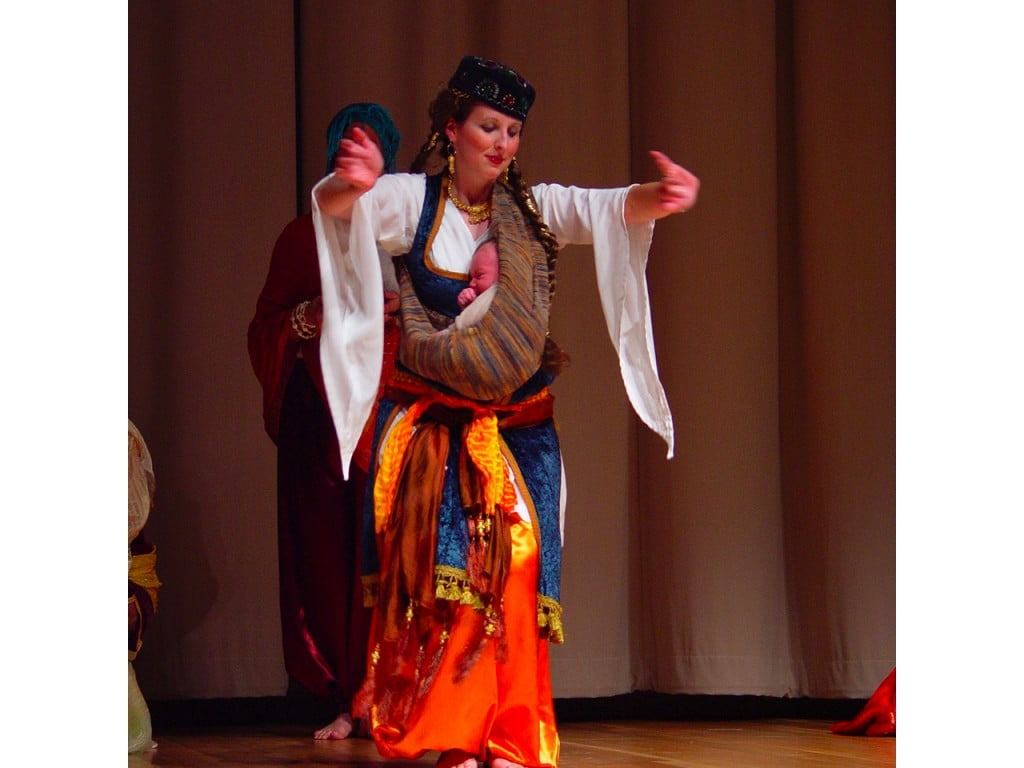

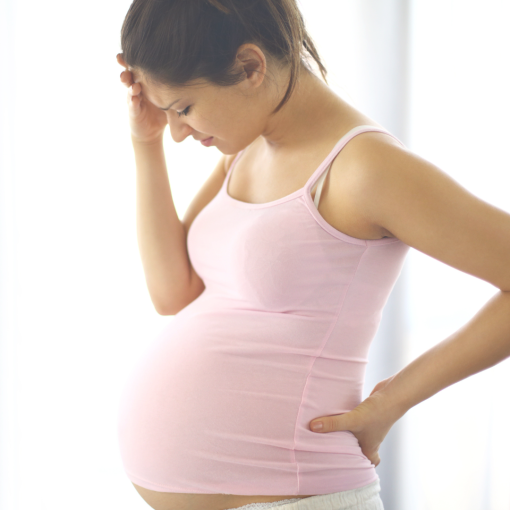
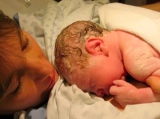


One thought on “Bellydancing in Birth”